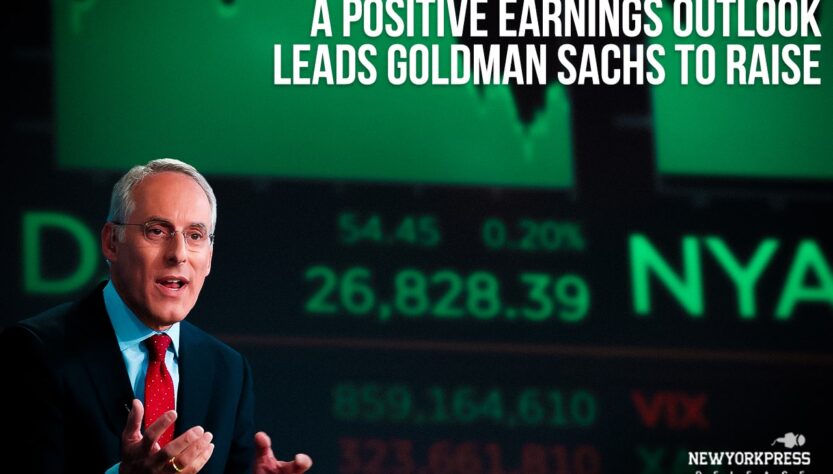Concerns over the health of the US economy prompted the dollar’s slide on Friday, as expectations that the Federal Reserve would hold off on raising interest rates until at least the middle of the year were heightened by higher-than-expected producer prices.
Following a hotter-than-expected report on consumer prices last month on Tuesday, the Labor Department announced the greatest increase in producer prices in five months.
However, data released on Thursday for retail sales in the United States in January revealed the worst decline in ten months, causing some market pause. The report also indicated that consumer spending momentum was slowing down since sales in November and December were also revised lower.
“The FX side of things tends to focus on the fact that there’s still somewhat of a question mark when it comes to real activity in the U.S. economy,” stated Bipan Rai, North American head of FX strategy at CIBC Capital Markets in Toronto.
The reduction of profits in the currency market was “a bit of a bizarre reaction,” according to Rai. According to him, it might also be a matter of positioning ahead of the extended U.S. holiday weekend and a difference in the Treasury market’s interpretation of the economic data.
For Presidents’ Day, U.S. markets will be closed on Monday. The dollar index, which measures the value of the US dollar relative to six major currencies, was headed for a rise for a fifth consecutive week. It increased by 0.12% for the week and last increased by 0.01% to 104.26.
According to CME Group’s FedWatch Tool, Fed funds futures have priced in barely a 10.5% possibility of a rate decrease in March and 33.7% odds of lowering in May. The likelihood that the Fed will lower rates in March was 79% at the start of the year.
Usually rising with interest rate projections, the yield on two-year Treasury notes increased by 9.1 basis points to 4.659%.
Eugene Epstein, head of structure for North America at Moneycorp in New Jersey, stated that the dollar may be stronger than it is due to the robust U.S. job market, greater-than-expected economic growth, and the inflation figures.
“I just see sideways trading or a slow grind higher for the dollar as a more likely scenario,” Epstein stated.
The yen dropped 0.22% to 150.23 per dollar, while the euro increased 0.04% to $1.0775. Since the yen has risen nearly 150 in recent days, the market is highly sensitive to the possibility that Japanese authorities may intervene to devalue the yen.
Due to investors’ reduced expectations that the Fed will lower rates, the value of the Japanese yen, which is extremely sensitive to US interest rates, has decreased 6.5% vs the US dollar this year.
A different survey revealed that the United States single-family homebuilding declined in January, perhaps as a result of the severe weather, but an increase in building permits indicated that recovery is probably in store for the upcoming months.
The majority of new homes are single-family homes, which saw a 4.7% decline last month to a seasonally adjusted annual pace of 1.004 million units.
On Friday, the U.S. consumer confidence poll was also made public, although there was minimal movement in the currency market.
A year-over-year increase in inflation expectations coincided with no change in U.S. consumer mood in February.
This month’s preliminary estimate for the University of Michigan’s total consumer confidence index was 79.6, down from 79.0 in January. Reuters polled economists, who predicted a preliminary result of 80.0. The survey’s measurement of one-year inflation forecasts increased somewhat from 2.9% in January to 3.0% this month.
- Published By Team Genuine Reporter

